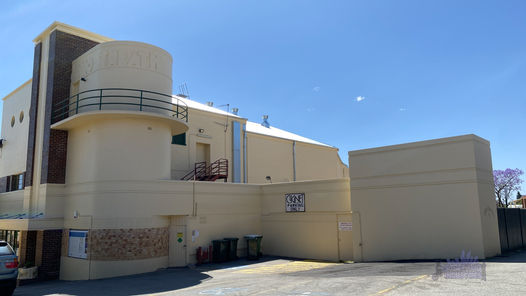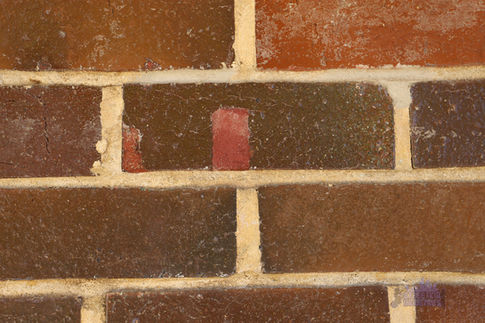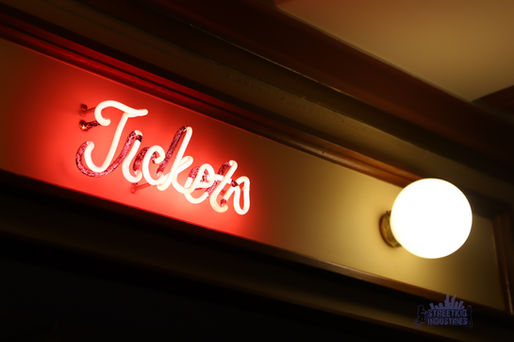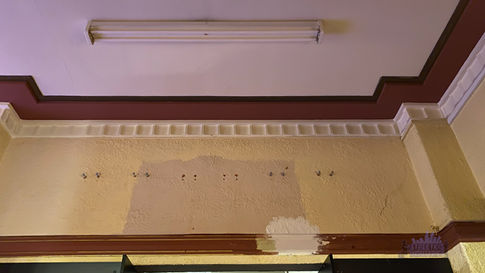
Cygnet Theatre
Opportunities of a lifetime, seemingly small to some but remarkably rather life changing in more ways than one, for myself. The road of the right path, more legit than legitimate, thanks to a young man called Brett, with more experience in the world than the years I’ve been alive.
English might have been his first language but his fluency in history as a second, was nothing short of impressive. Unlike a memorised verse with all its hesitation and speech patterns, every speech bubble was injected with very accurate knowledge.
The Como Theatre
The 1930s was a boom period for the entertainment industry, which served as a temporary and affordable escape from the effects of the depression. This saw a number of cinemas built in the city and the outer metro areas of Perth.
Previously known as the Como Theatre, the Cygnet was constructed in 1937 at a cost of £7,200 (a real price today of approximately $494,300).
Constructing the Como
For James Stiles, it enabled him to build the most advanced cinema in the South Perth area, that of The Como Theatre. Architecturally designed by William Leighton, who’d also simultaneously designed the Piccadilly Theatre, Stiles would further commission Leighton to replicate his successful design for the Windsor Theatre.
A number of theatres constructed from Leighton’s designs, shared identical fixtures as a result of, “the limited range of building materials available at the end of the 1930s” (Picture Palaces of the Golden West, 2016).
This could explain why The Regal Theatre in Subiaco looks almost identical to the Como Theatre, although the architectural design is contentiously attributed to William G Bennett. The Regal Theatre’s website state that the Regal is “based on a sketch design which originated in the office of William Leighton.” That surely couldn’t possibly sit well with those with some degree of ethics, who might wonder if history simply ought not to be corrected in some form to at least, as a minimum, give William Leighton partial credit.


WH Ralph & Sons had just finished constructing the Windsor Cinema when they were taken on to build the Como Theatre, which they did in six months!
(These days, it would probably take 12-18 months to have a development application approved, three months of listing the tender, two months of selecting the construction company, four months of the appointed construction company subcontracting out roles and acquiring resources, six months to order the resources, eight months to settle sudden appealing protesters from the community or council and then… another two years to complete the build?)
The cost of building the Como Theatre included the summer garden at the rear, which consisted of 150 trees and shrubs planted almost fully grown. From pencil pines to poplars for a tall effect, flowering creepers and shrubs on the sides. Lawns with a central bed of flowering cannas, shrubbery on the eastern sides and dwarf-clipped hedges at the front. Regardless of the movie showing, the scenery one can imagine from that description would surely be an enjoyable place to relax with family or friends in the summer warmth, chilled music in the background and a glass of sparkling on hand (or beers and rum for the men).
The Theatre was officially opened on Friday 4 March 1938, emceed by George Abjornson, chairman of the South Perth Board (who was also a Major in the 32nd Battalion). The first two movies to be shown were On the Avenue and Craig’s Wife.
The Piccadilly Theatre had opened five days earlier (Picture Palaces of the Golden West, 2016), giving the people of Perth a greater choice in entertainment venues.
The Como theatre consisted of a large entrance hall, shops, stalls, an upper foyer and a dress circle. Potentially a term that’s unknown with generations of late, a dress circle tends to refer to the first gallery of seating above the ground floor level.
Seated accommodation was designed for 800 people inside the theatre, a similar capacity in the garden theatre and 214 people in the dress circle. A crying room for infants was created on the ground floor with a glass window that could look into the main theatre (which appears to be something many theatres had at the time, including the Regal Theatre – and was also said to be a popular place for women to gossip). With a buffet in the picture gardens, is it any wonder venues like this were so popular at the time?


Reviews for the Como were nothing short of commendable, which included many a mention of the roof garden on the first floor (above the shop). The theatre itself was described by The Daily News as “comfort, excellent sound and first-rate projection”.
Without getting into the scientific nitty gritty that is well beyond my limited scope of knowledge (and surely only likely to make a fool of myself otherwise), the theatre installed a RCA Fidelity Sound System. Created by RCA Victor Company, it promised to “revolutionise all previous conceptions of realism in sound motion picture reproduction”.
Whilst we tend to hear a wide range of music and sound, the midrange is the most important because our ears are sensitive, hence why most music played or recorded usually takes place in this range. Where the RCA High Fidelity system comes in, instruments take on a new life with sharper and clearer sounds, as if they were actually playing live in the theatre. Whispers become clearer, with loud sounds sharper and definitive. Human voices lost their metallic sound to become intimate and more distinguishable from each other.
A ‘mechanised bio box’ was able to project the film simultaneously to both the Theatre and the Garden Theatre.
A bio box, which originates from the Biograph film projector, tends to refer to, “a dedicated area or room in an event space, which is traditionally used by technicians to operate and control audio visual equipment for an event”.
Decorative plaster motifs had been created by Edward Kholer from Perth Modelling Works.
Ernest established E B Banfield & Sons Perth Modelling Works, which had previously been called the WA Toy Company. With a head office on Claisebrook Road in Perth, he soon had numerous branches in Albany, Bridgetown, Kalgoorlie and South Bunbury and a long list of clients, despite competition such as the prestigious H B Brady Co.
Perth Modelling Works ads would describe themselves as “Architectural modellers and manufacturers of “Plasterite” fibrous plaster products”. By the time they created the ceiling for the First Church of Christ Scientist in 1939, they’d become a “well known firm… manufactured the ‘Plasterite” ceilings and were also responsible for engraved plaques and wall grilles”.
Normal for the times, was the fibrolite corrugated asbestos sheets made from West Australian Portland cement and asbestos fibres, supplied by James Hardie & Co, for the roofing. This ensured “a considerable temperature reduction and eliminates drumming noises due to rain and hail, which are of major importance during the screening of sound films”.

.png)































































